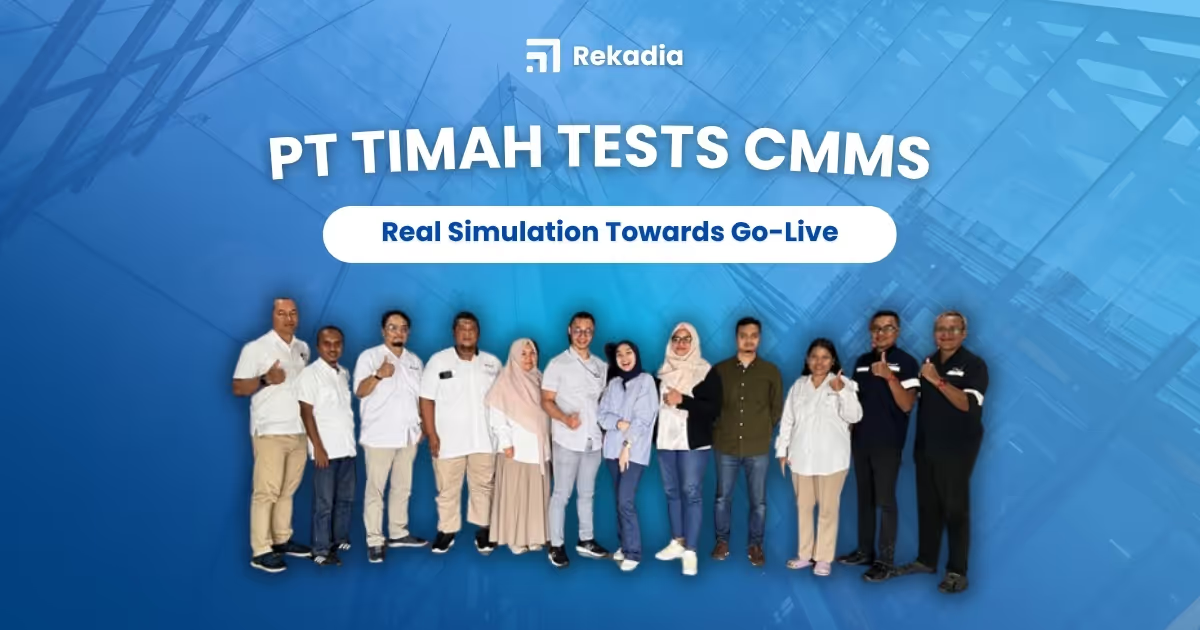
User Acceptance Testing (UAT) is the final and most critical stage before a system is officially launched. At PT Timah Tbk, UAT played a major role in confirming that the newly integrated Computerized Maintenance Management System (CMMS) with SAP met operational expectations. This process ensures that every aspect of the system aligns with the company's real-world requirements and functions properly.
UAT doesn't just test software. It simulates real-world use. This ensures that the system aligns with operational workflows. At PT Timah Tbk, the process covered routine maintenance, emergency repairs, and unexpected equipment issues.
During UAT, simulations were executed to mimic actual maintenance activities. These included routine inspections, emergency repairs, and unexpected equipment breakdowns. By simulating various maintenance workflows, users were able to verify whether the system’s features matched their day-to-day operations. This helped ensure the application could handle all types of maintenance scenarios efficiently.
One of the key benefits of UAT is early bug identification. Users at PT Timah Tbk found several minor issues during testing. These included delays in response times and errors in data syncing between CMMS and SAP. Developers worked closely with the user team to troubleshoot and implement fixes immediately. This collaborative process made the system more stable and user-friendly.
Functionality is just one part of a successful system. UAT at PT Timah Tbk also collected valuable feedback on the overall user experience. Testers shared their thoughts on interface layout, system navigation, and ease of use. Based on this input, the development team made user-centric improvements such as clearer icons, better menu flows, and faster access to key features.
The CMMS was designed to operate in sync with SAP, a crucial component of PT Timah Tbk’s digital infrastructure. UAT confirmed that data was flowing seamlessly between the two platforms. Maintenance logs, asset histories, and performance metrics were accurately recorded and visible in both systems. This smooth integration ensured minimal data loss and maximum system performance.